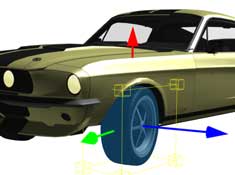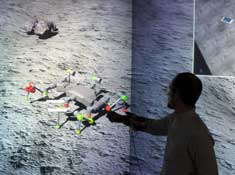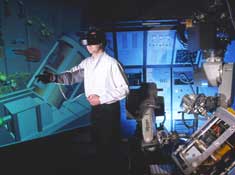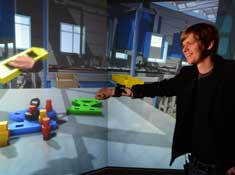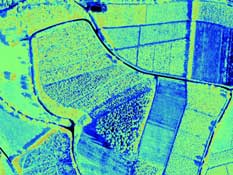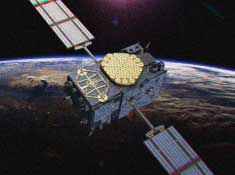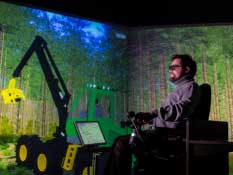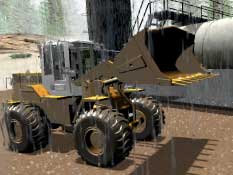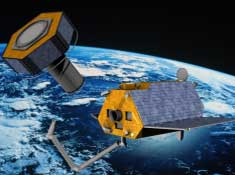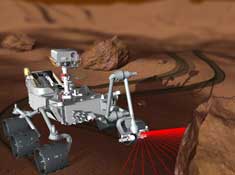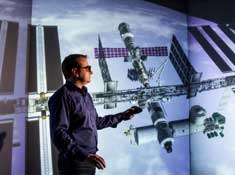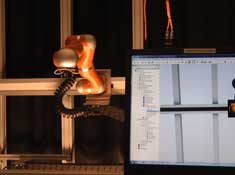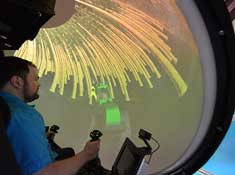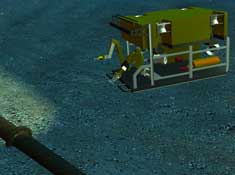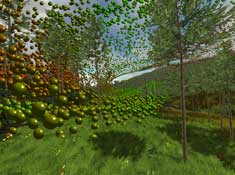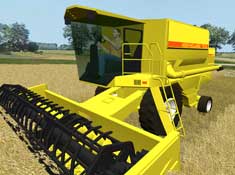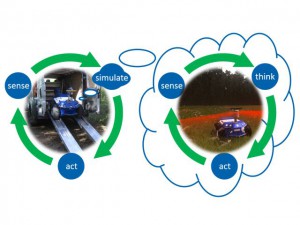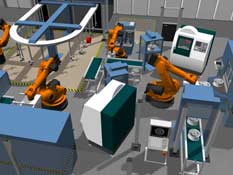Virtual test beds provide the foundations for the realization of new crystallization points for the effective and efficient amalgamation of complex development projects, irrespective of whether it is about industrial product development or about applied or even basic research. The result is a new methodology for the integrative, cross-system, cross-discipline and cross-application innovation of robotic applications, but not limited to these. Aside from the observation of individual aspects in this connection, in virtual test beds the system as a whole takes center stage. Interactions between the components can thus be recognized and modelled at an early stage, the system behavior verified at the press of a button in a variety of system states and environmental conditions and development progress assessed quickly. This will result in a significant improvement to both the development speed and the robustness of implementation. Innovations are brought together in virtual test beds to this end. Necessary for this purpose are efficient simulation algorithms ranging from rigid body dynamics to soil mechanics, all the way through to the simulation of varied actuators and sensors. These are calibrated and verified in application-related mock-ups, so that once the results have been transferred to the conditions of the desired application – for example in space – meaningful and realistic virtual worlds become available. In space technologies, not only will such virtual test beds replace physical mock-ups to a large extent, but will also allow the “extrapolation” to be applied to mission initiatives for which a physical mock-up would only be feasible at great expense. Over and above this, a simple switchover between real-life and simulated sensors and actuators on the basis of a real-time simulation framework will allow the simultaneous development of simulation logic and hardware-related software on the basis of one and the same simulation model. Through a simple change in the application scenario, applications that are not in the spotlight can benefit from the development progress. As an example, through this an efficient technology transfer from the algorithms tested in space to the terrestrial application was made possible. Virtual test beds thus facilitate the establishment of new innovation methodology, which for example can be of decisive importance to space initiatives, where aside from the big technological challenges in general, the final verification of the overall system cannot take place: The mission is the first overall system test at the same time. Aside from this, development teams that are often interdisciplinary and spread out must be coordinated and the results exchanged across project boundaries. Additionally, the transfer of the new technologies to terrestrial applications should also take place without delay.


